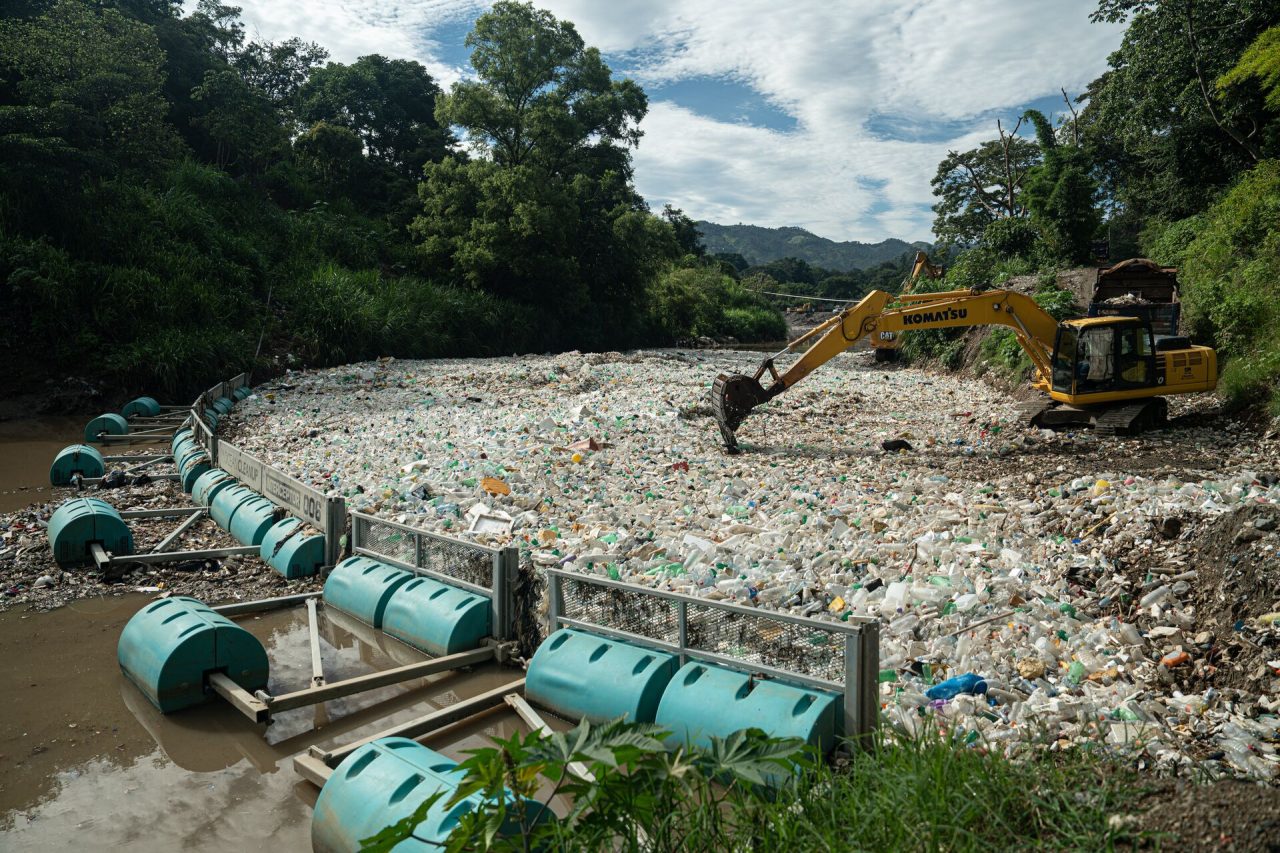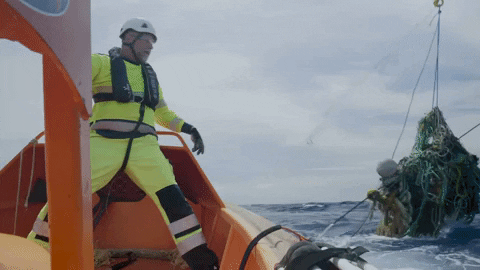Our approach to tackling plastic pollution is guided by a commitment to environmental responsibility across all areas of operation, from preventing new plastic emissions to removing legacy pollution. Whether intercepting plastic in rivers, cleaning coastlines, or collecting debris from offshore accumulation zones, our methods are designed to maximize environmental benefits while minimizing ecological harm. We follow a framework that combines environmental assessments, scientific research, engineering design, and continuous environmental monitoring and data collection. Key measures to avoid impacts include:
- Wildlife Protection: Our systems are designed to minimize interactions with wildlife. For both rivers and open ocean operations, we use environmental monitoring, passive collection methods, and species-specific mitigation protocols to reduce the risk of harm to wildlife.
- Sustainable Practices: collected plastics are carefully sorted, responsibly processed or repurposed to ensure they don’t return to the environment.
- Collaboration with Experts: We work with scientists, regulatory agencies, and sustainability experts to continuously refine our methods and align with best practices.
- Science-driven design: all operations, from river barriers to ocean cleanup systems are based on research and field data, allowing us to target high-impact areas while continuously evaluating and improving our technology.
By combining source reduction (river interception) with the removal of legacy plastic pollution (in coastal and offshore areas), we work toward a long-term solution that protects ecosystems and enhances ocean and freshwater health. For a deeper look at how we ensure an environmentally sound cleanup, check out our update here.

